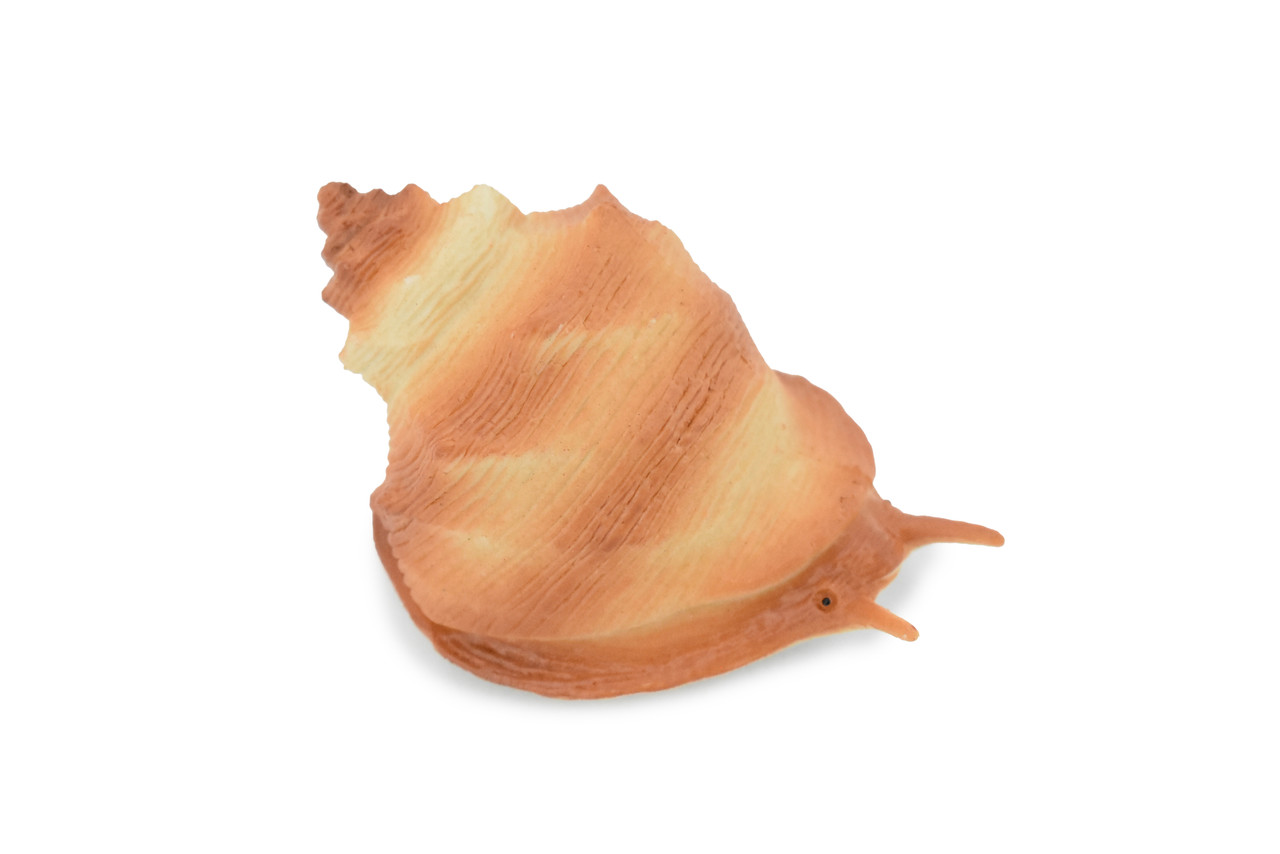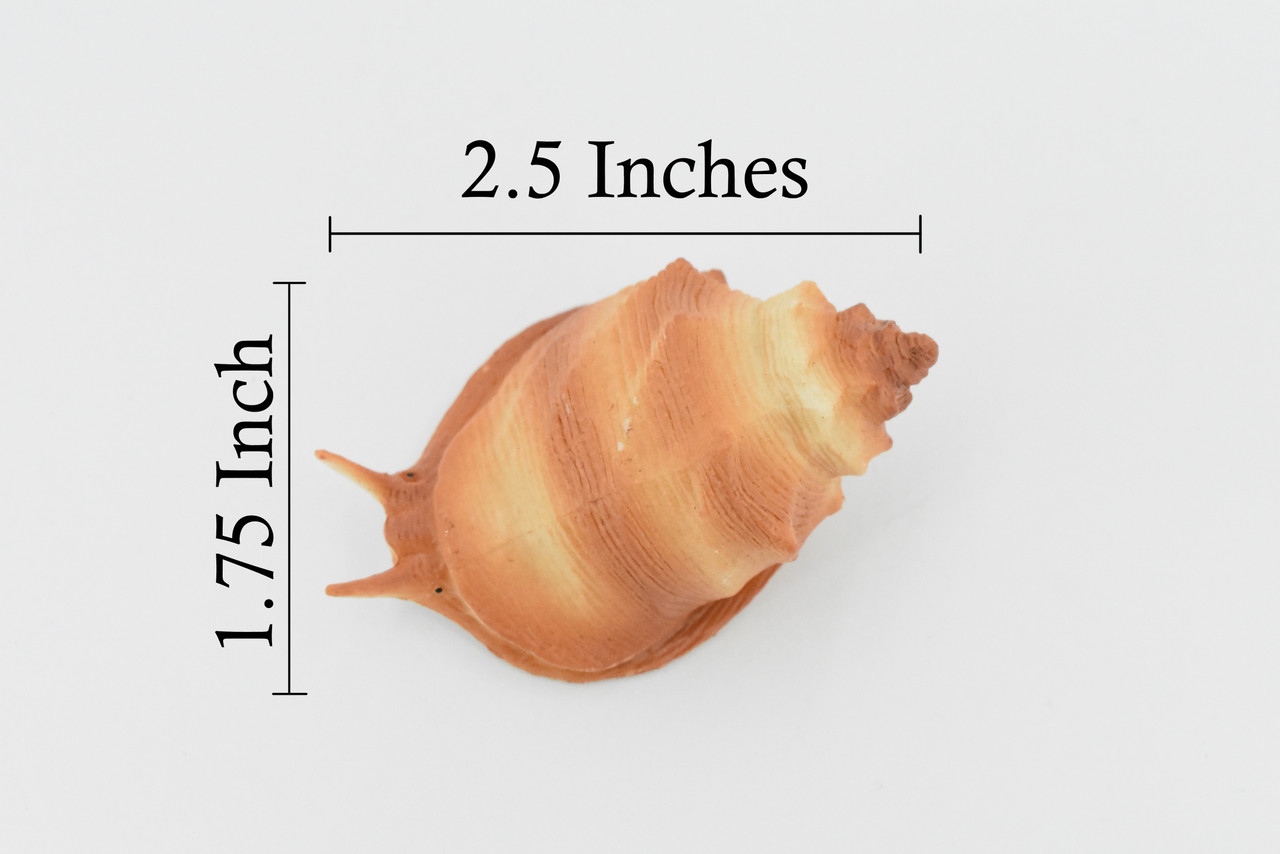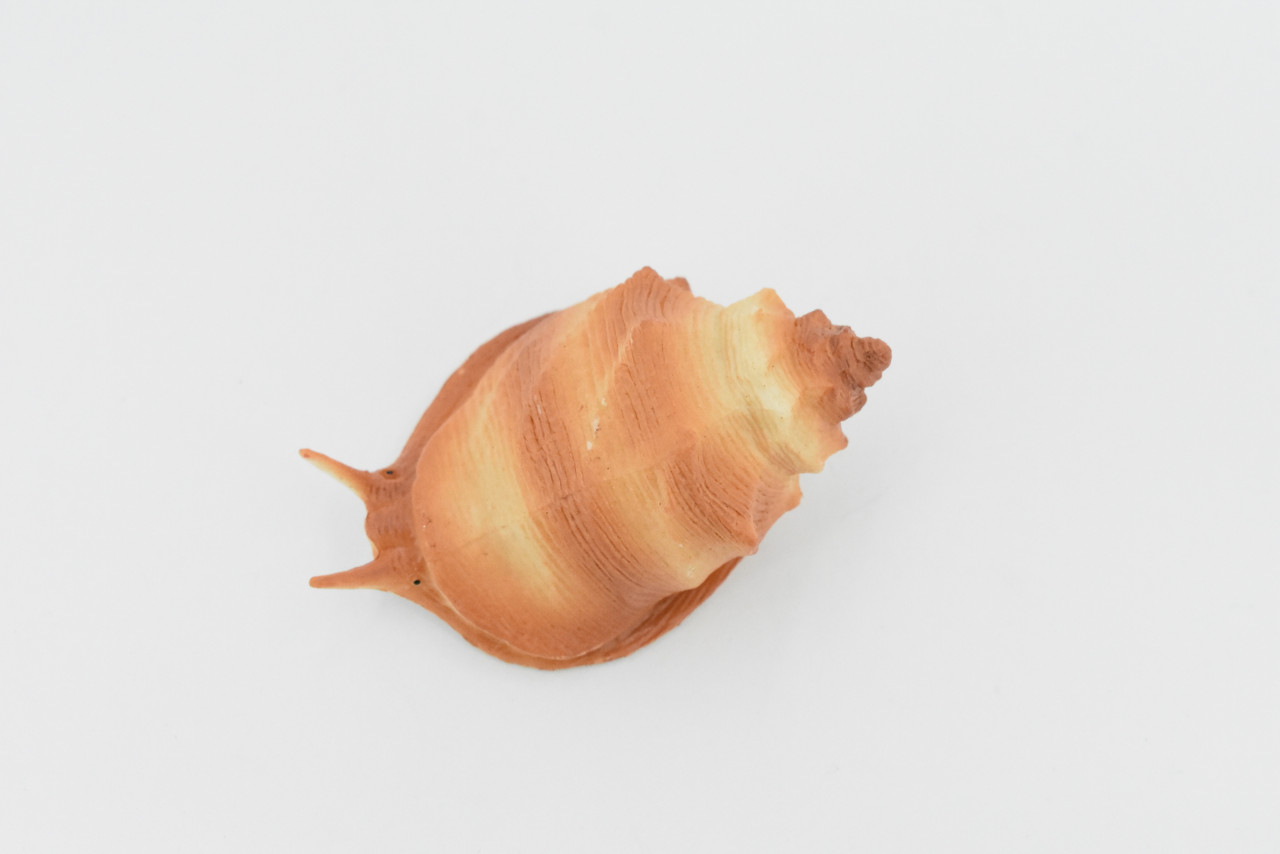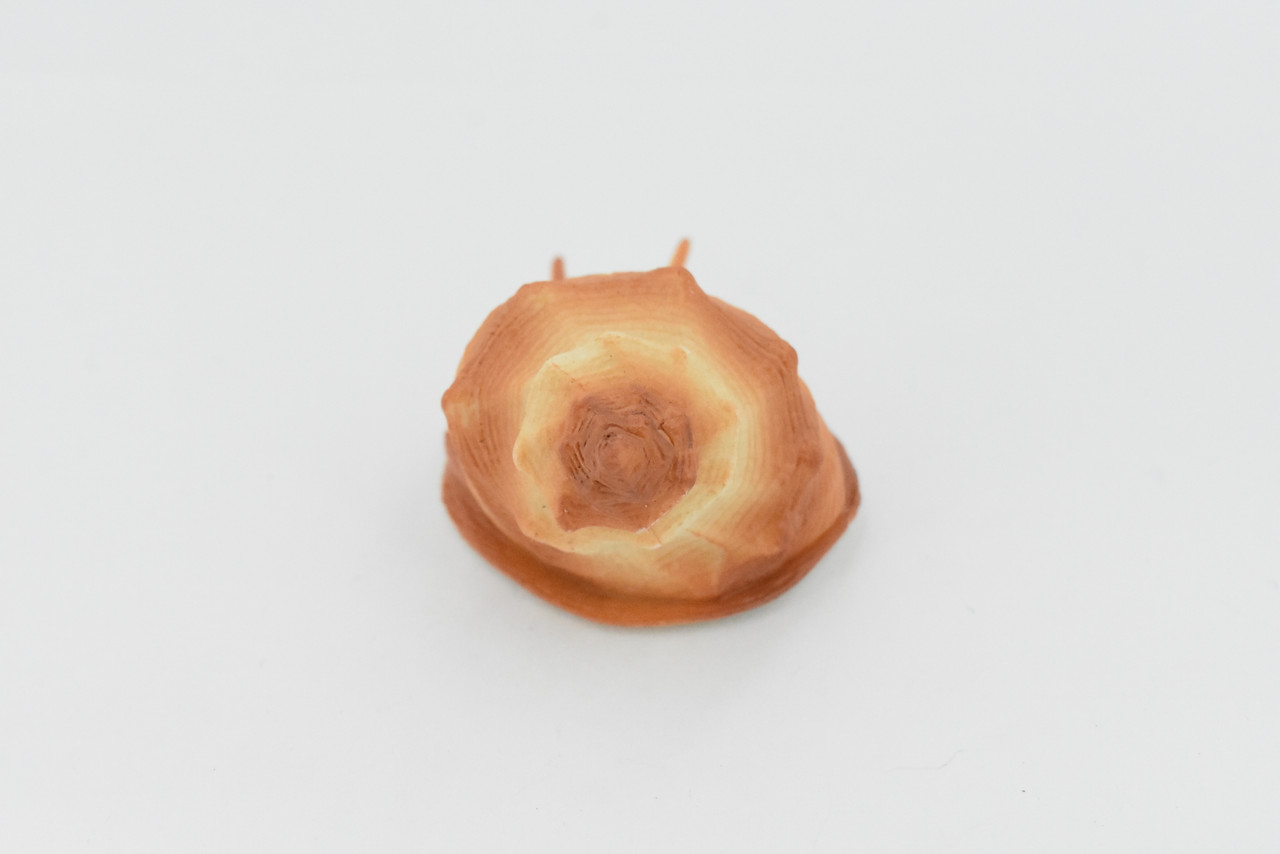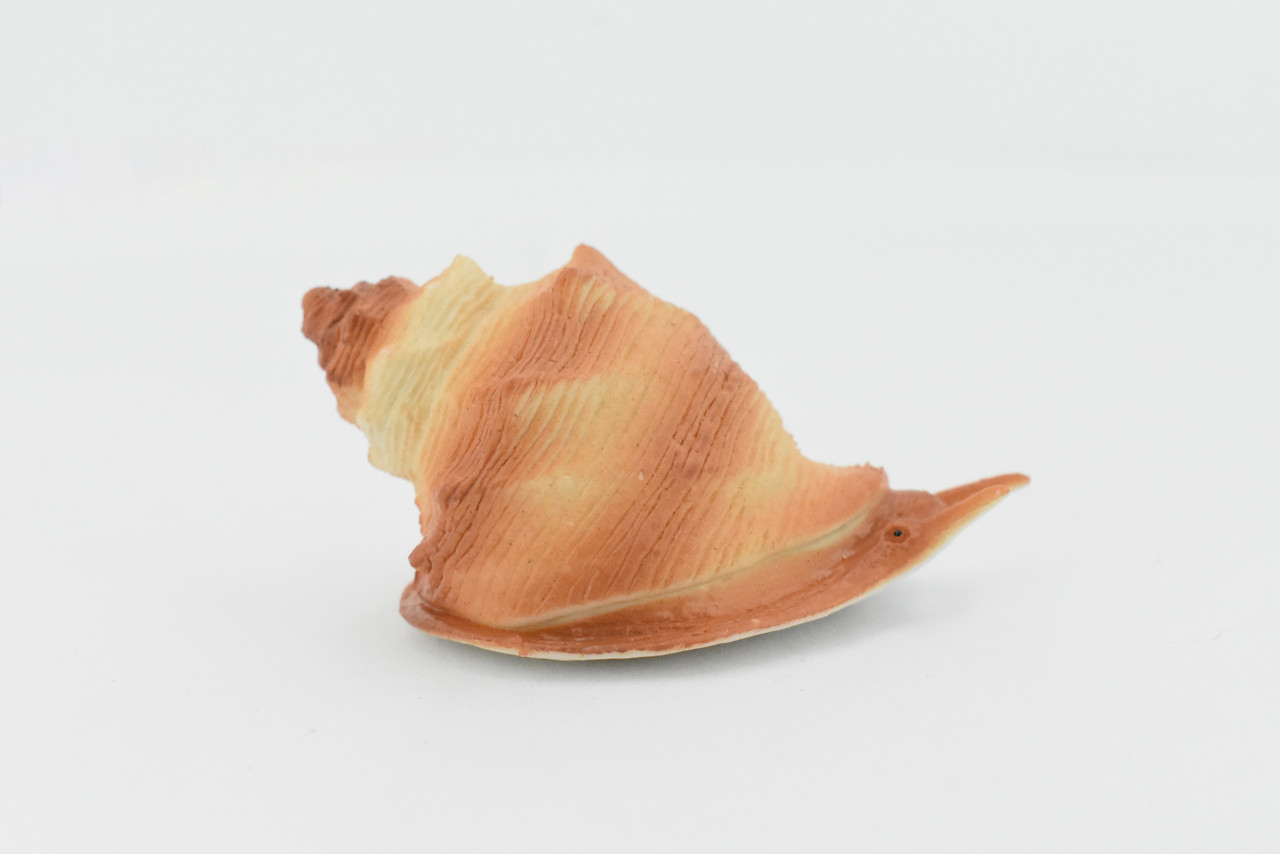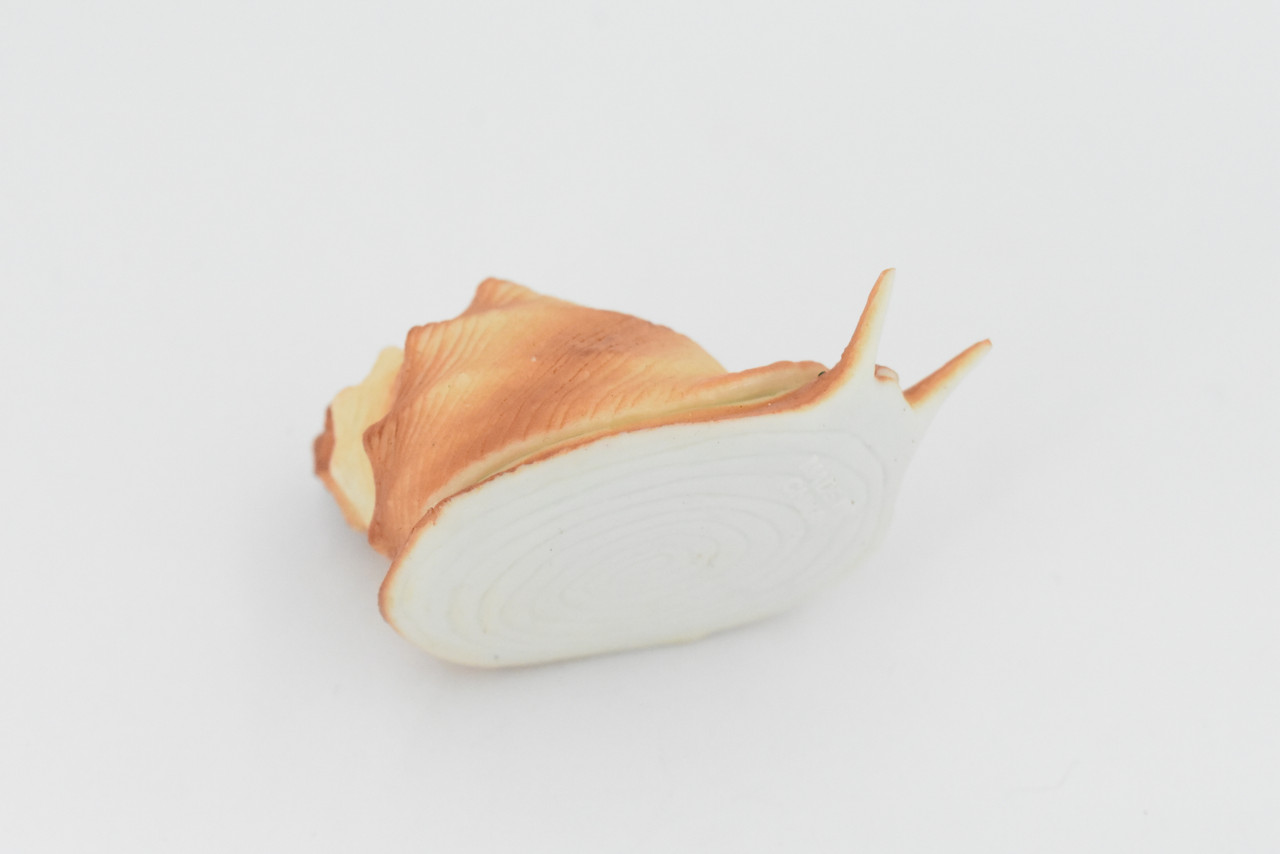Product Description
Sea snail is a common name for slow-moving marine gastropod molluscs, usually with visible external shells, such as whelk or abalone. They share the taxonomic class Gastropoda with slugs, which are distinguished from snails primarily by the absence of a visible shell. Determining whether some gastropods should be called sea snails is not always easy. Some species that live in brackish water (such as certain neritids) can be listed as either freshwater snails or marine snails, and some species that live at or just above the high tide level (for example, species in the genus Truncatella) are sometimes considered to be sea snails and sometimes listed as land snails. Sea snails are a very large and diverse group of animals. Most snails that live in salt water respire using a gill or gills; a few species, though, have a lung, are intertidal, and are active only at low tide when they can move around in the air. These air-breathing species include false limpets in the family Siphonariidae and another group of false limpets in the family Trimusculidae. Many, but not all, sea snails have an operculum. The shells of most species of sea snails are spirally coiled. Some, though, have conical shells, and these are often referred to by the common name of limpets. In one unusual family (Juliidae), the shell of the snail has become two hinged plates closely resembling those of a bivalve; this family is sometimes called the "bivalved gastropods". Their shells are found in a variety of shapes and sizes, but are normally very small. Those living species of sea snails range in size from Syrinx aruanus, the largest living shelled gastropod species at 91 cm (36 in), to minute species whose shells are less than 1 mm at adult size. Because the shells of sea snails are strong and durable in many cases, as a group they are well represented in the fossil record. The shells of snails are complex and grow at different speeds. The speed of growth is affected by a few variables such as the temperature of the water, depth of the water, food present for the snail, as well as isotopic oxygen levels. By looking at the composition of aragonite in the growth layers of mollusks you can predict the size the mollusk shell can reach.
Thanks for visiting Collectible Wildlife Gifts, the leading provider of high-quality, lifelike animal Designs and gifts! We work hard to ensure we have a diverse range of products. Each product is inspected for their quality craftsmanship. Whether you're searching for a great gift or seeking educational designs for displays, we’ve got you covered.
At Collectible Wildlife Gifts, our products appeal to a wide range of customers, including family, friends, and educators. Our products are trusted and used by professional organizations as well including aquariums, zoos, and movie studios.
Our extensive line of products boasts everything from plush sharks to educational animal growth cycles. Our products bring joy to recipients, and serve as valuable educational resources, sparking curiosity and fostering learning.
Discover the wonders of the natural world with Collectible Wildlife Gifts. Browse our collection today!

